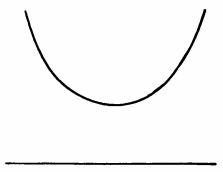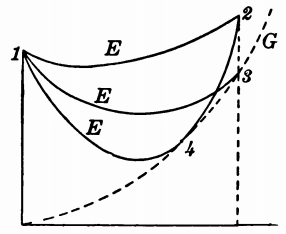Remark 4.1.1.
Fractions in exponents get really tiny and really hard to read. Using the alternative notation \(\exp(x) = e^x\text{,}\) this is easier to comprehend:
\begin{equation*}
y = \frac{b}{2} \left[\exp\left(\frac{x-a}{b}\right) + \exp\left(-\frac{x-a}{b}\right)\right]
\end{equation*}


